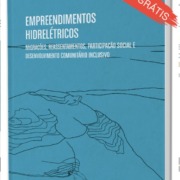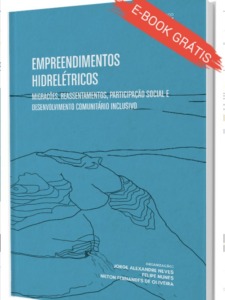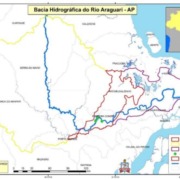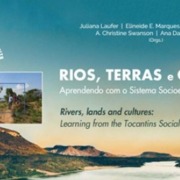Ebook: Mining Dams in the Amazon: Tailings and Associated Risks in Oriximiná
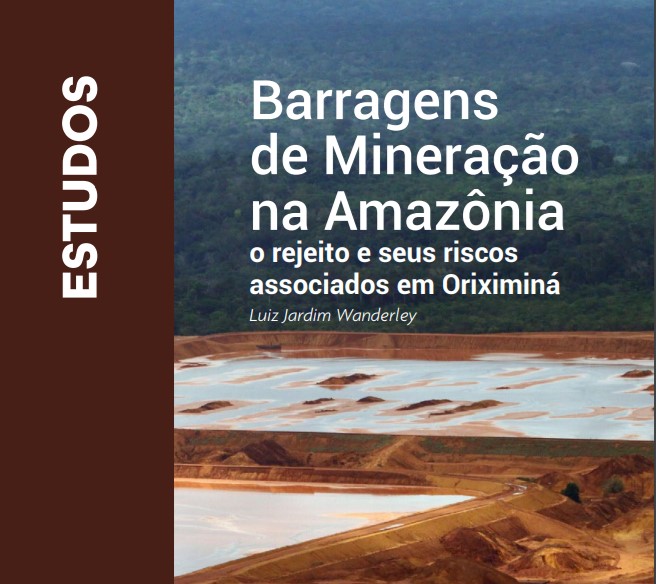
BARRAGENS DE MINERAÇÃO NA AMAZÔNIA: O REJEITO E SEUS RISCOS ASSOCIADOS EM ORIXIMINÁ
Autor, Luiz Jardim Wanderley
Apresentamos este livro recentemente publicado, que é parte de um número de uma coletânea de estudos voltados a impactos em território amazônico. O objetivo dessa edição é tornar a realidade das barragens de mineração de Oriximiná (Pará-Brasil) mais conhecida e melhor compreendida, além de contribuir com o debate mais amplo sobre os custos socioambientais da mineração na Amazônia. A grandiosidade do empreendimento e a gestão dos rejeitos produzidos pela maior produtora de bauxita do Brasil, da Mineração Rio do Norte (MRN), que há 41 anos extrai o minério no interior do Pará, no município de Oriximiná, se reflete nas estruturas necessárias para armazenar os rejeitos que ficarão para sempre na Amazônia, numa área que já foi floresta nativa. São 26 barragens de rejeito já instaladas, uma em construção e, ao menos, mais dez novas previstas. Um debate importante, pois assim como as barragens hidrelétricas, as de minérios se instalam a cada dia no território amazônico e os custos socioambientais se repetem.
O E-book pode encontrado no link: https://cpisp.org.br/…/SerieEstudos_BarragensMineracao.pdf
***
MINING DAMS IN THE AMAZON: TAILINGS AND ITS ASSOCIATED RISKS IN ORIXIMINÁ
Author, Luiz Jardim Wanderley
We present this recently published book, which is part of a collection of studies focused on impacts in the Amazon territory. The objective of this edition is to explore the reality of the mining dams in Oriximiná (Pará-Brasil) and make it better known and better understood, in addition, to contribute to the broader debate on the socio-environmental costs of mining in the Amazon. The grandiosity of the project and the management of the tailings produced by the largest bauxite producer in Brazil, Mineração Rio do Norte (MRN), which for 41 years has been extracting ore in the interior of Pará, in the municipality of Oriximiná, which is reflected in the structures necessary for storage of the scraps that will remain forever in the Amazon forest, in an area that was once native forest. There are 26 tailings dams already installed, one under construction and at least ten new ones planned. It is an important debate, because like hydroelectric dams, mineral dams are installed every day in the Amazon territory and the socio-environmental costs are repeated.
The E-book can be found at the link:
https://cpisp.org.br/…/SerieEstudos_BarragensMineracao.pdf


